Chitosan-based nanoparticles have shown promising potential in skin wound healing due to their unique properties.
Chitosan, a natural biopolymer derived from chitin, has inherent biocompatibility, biodegradability, antimicrobial activity, and the ability to promote tissue regeneration. When formulated into nanoparticles, chitosan can enhance the delivery and efficacy of bioactive compounds for wound healing.
Some key benefits and applications of chitosan-based nanoparticles in skin wound healing include:
1. Antimicrobial activity: Chitosan-based nanoparticles exhibit antimicrobial properties that help prevent infections in wounds by inhibiting the growth of bacteria and fungi.
2. Promotion of wound healing: Chitosan nanoparticles can accelerate the wound healing process by promoting cell proliferation, migration, and extracellular matrix formation.
3. Drug delivery system: Chitosan nanoparticles can serve as an effective drug delivery system for delivering therapeutic agents, growth factors, or antimicrobial agents directly to the wound site, ensuring targeted and sustained release.
4. Reduced inflammation: Chitosan nanoparticles have anti-inflammatory properties that can help reduce inflammation at the wound site, leading to faster healing and reduced scarring.
5. Enhanced wound closure: The presence of chitosan nanoparticles can enhance the mechanical strength of the wound dressing, providing a protective barrier and promoting wound closure.
Overall, the use of chitosan-based nanoparticles in skin wound healing holds great promise for improving wound care outcomes by promoting faster healing, reducing infections, and minimizing scarring.
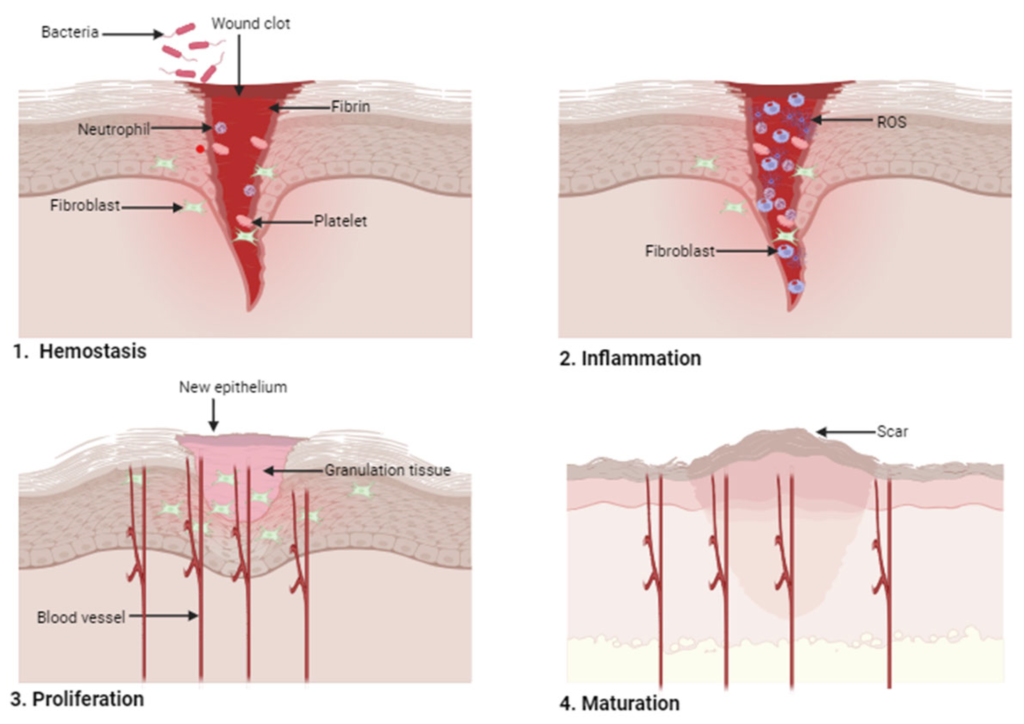
Clinical Applications of Chitosan Nanoparticles
Exploring the clinical applications of chitosan nanoparticles in promoting skin regeneration and wound closure.
Enhanced wound closure refers to the process of accelerating the healing of a wound, leading to faster and more effective closure of the injured tissue.
Factors that contribute to enhanced wound closure include promoting cell proliferation, migration, tissue regeneration, and the formation of new blood vessels.
Additionally, maintaining a moist wound environment, controlling inflammation, and preventing infections are crucial for optimal wound healing and closure.
Various advanced wound care products, including ChNPs-based nanoparticles, have been developed to enhance wound closure by providing a conducive environment for tissue repair and regeneration.
These innovative treatments aim to improve healing outcomes, reduce complications, and promote faster recovery for patients with acute or chronic wounds.
Chitosan plays an important role in the wound healing process with its unique properties, accelerating the following processes:
1. Stimulation of Tissue Regeneration: Chitosan is a strong stimulant for wound tissues such as fibroblasts and keratinocytes. This stimulatory effect increases the production of cells and tissues necessary for wound healing.
2. Antimicrobial Activity: Chitosan has strong antimicrobial activity that inhibits bacterial growth and reduces wound infections, thereby speeding up the wound healing process.
3. Extracellular Matrix Production: Chitosan helps in the production of matrix materials such as collagen and elastin, strengthening the wound tissue and increasing its mechanical strength.
4. Inflammation Regulation: Chitosan can control inflammatory activities and help maintain a proper balance between inflammation and tissue regeneration.
Overall, chitosan, as a natural responsive and effective substance, plays a crucial role in improving skin wounds by creating a suitable environment for tissue regeneration, regulating inflammation, and preventing infections.
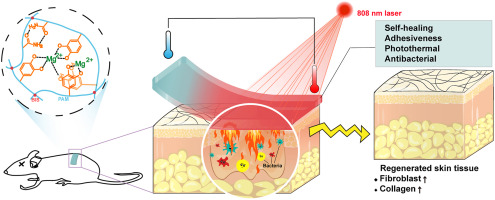
Chitosan Nanoparticles in Skin Wound Healing
Discussing the use of chitosan nanoparticles for controlled release of therapeutic agents in skin wound management.
1. Combining with other compounds: Combining chitosan with other compounds such as antimicrobial agents, growth factors, and antioxidants may enhance its positive effects.
2. Utilizing nanotechnology processes: Leveraging nanotechnology for preparing nanoparticles can increase its penetration and effectiveness in wound tissues.
3. Developing appropriate formulations: Choosing the right formulation for using chitosan can aid in improving its performance in the process of skin wound healing.
4. Regular medical follow-up: Regular care and monitoring of wounds by a healthcare provider can assist in enhancing the positive outcomes of this method.
5. Attention to lifestyle factors: Improving lifestyle conditions including a healthy diet, appropriate physical activity, and stress management can also be effective in skin wound healing and boosting the effects of chitosan.
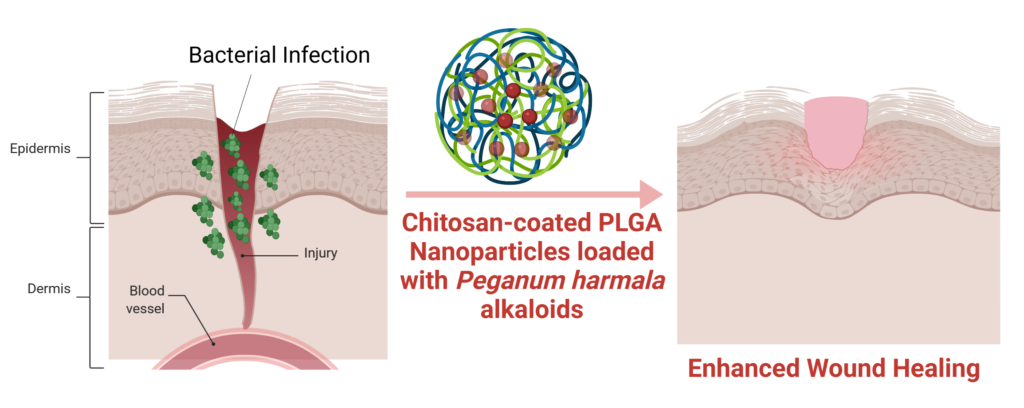
Synergistic Effects of Chitosan Nanoparticles
Investigating the synergistic effects of combining chitosan nanoparticles with growth factors for improved wound healing.
Combining chitosan with other compounds can enhance its positive effects on improving skin wounds. Some compounds that can be combined with chitosan include:
1. Aloe Vera: With its healing and anti-inflammatory properties, when combined with chitosan, Aloe Vera can accelerate wound healing.
2. Antimicrobial Agents: Compounds like silver chloride or methylene blue can be combined with chitosan to strengthen its antimicrobial effects.
3. Growth Factors: Adding growth factors such as Fibroblast Growth Factor (FGF) or Platelet-Derived Growth Factor (PDGF) to chitosan can expedite the wound healing process.
4. Antioxidants: Antioxidants like Vitamin C and E, when combined with chitosan, can prevent oxidative damage in the wound environment.

Biocompatibility and Biodegradability Wound Healing
Evaluating the biocompatibility and biodegradability of chitosan nanoparticles in skin wound healing applications.
Utilizing nanotechnology processes for preparing chitosan nanoparticles can enhance its effectiveness and penetration into wound tissues.
Through this method, the particle size of chitosan decreases to a level that easily penetrates into wound tissues, improving its protective and healing effects. The advantages of using chitosan nanoparticles include increased drug release rate, enhanced stability, and antimicrobial activity.

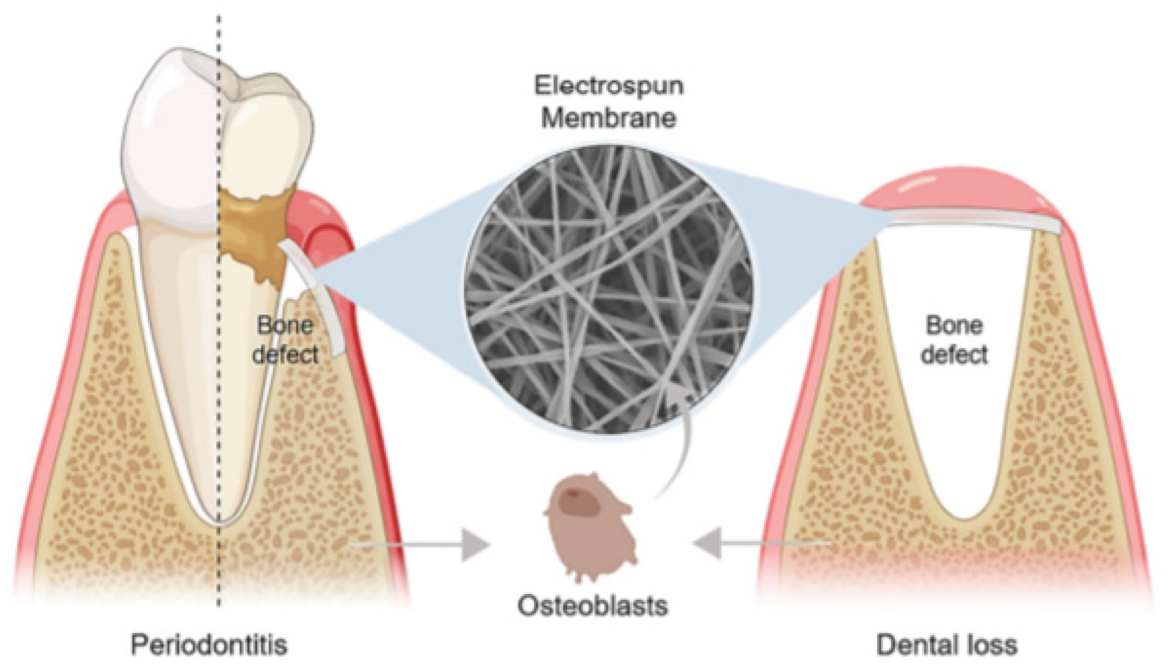
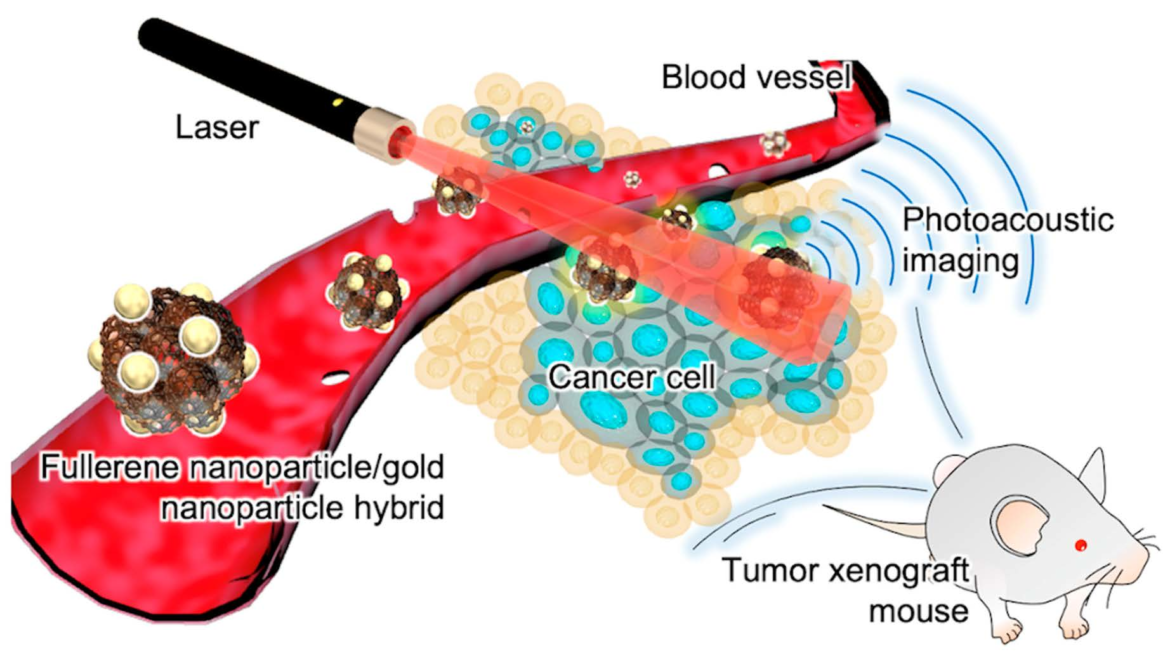
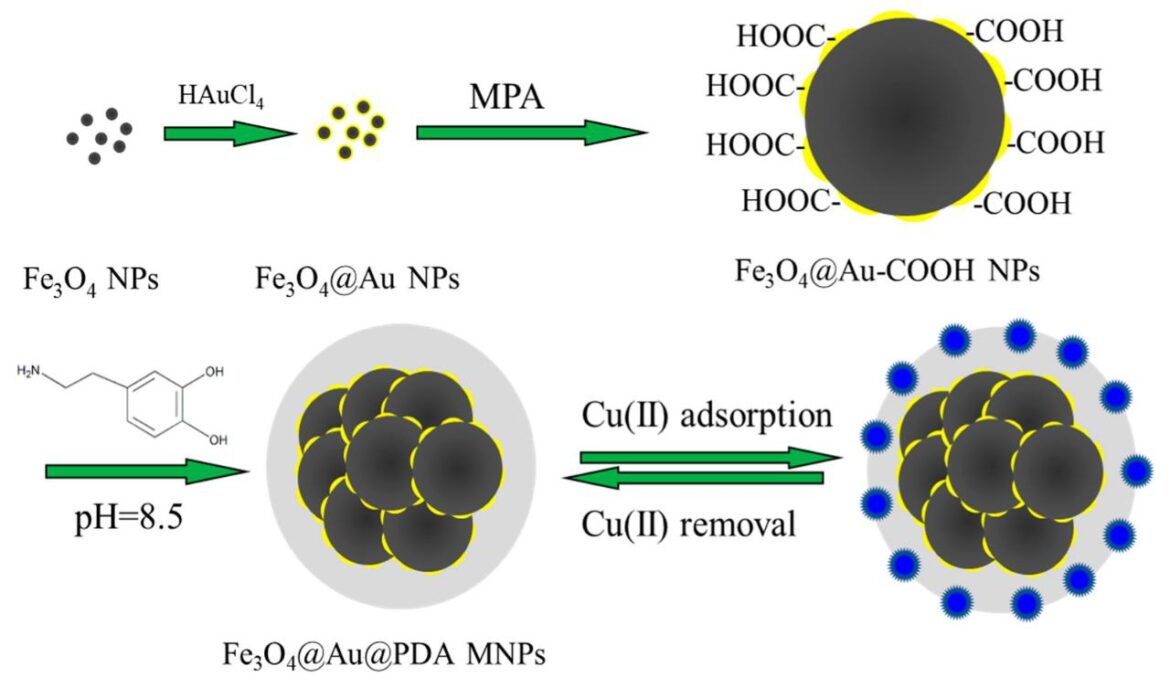
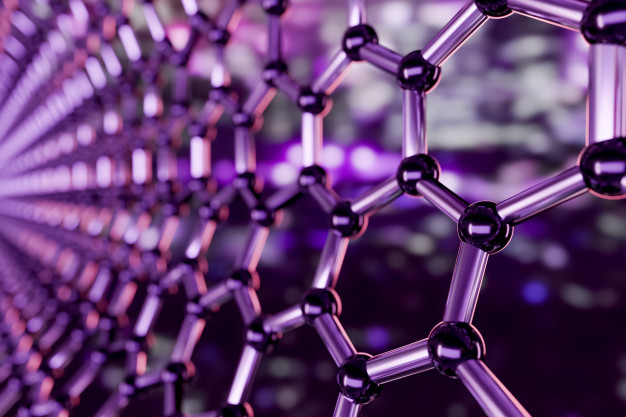
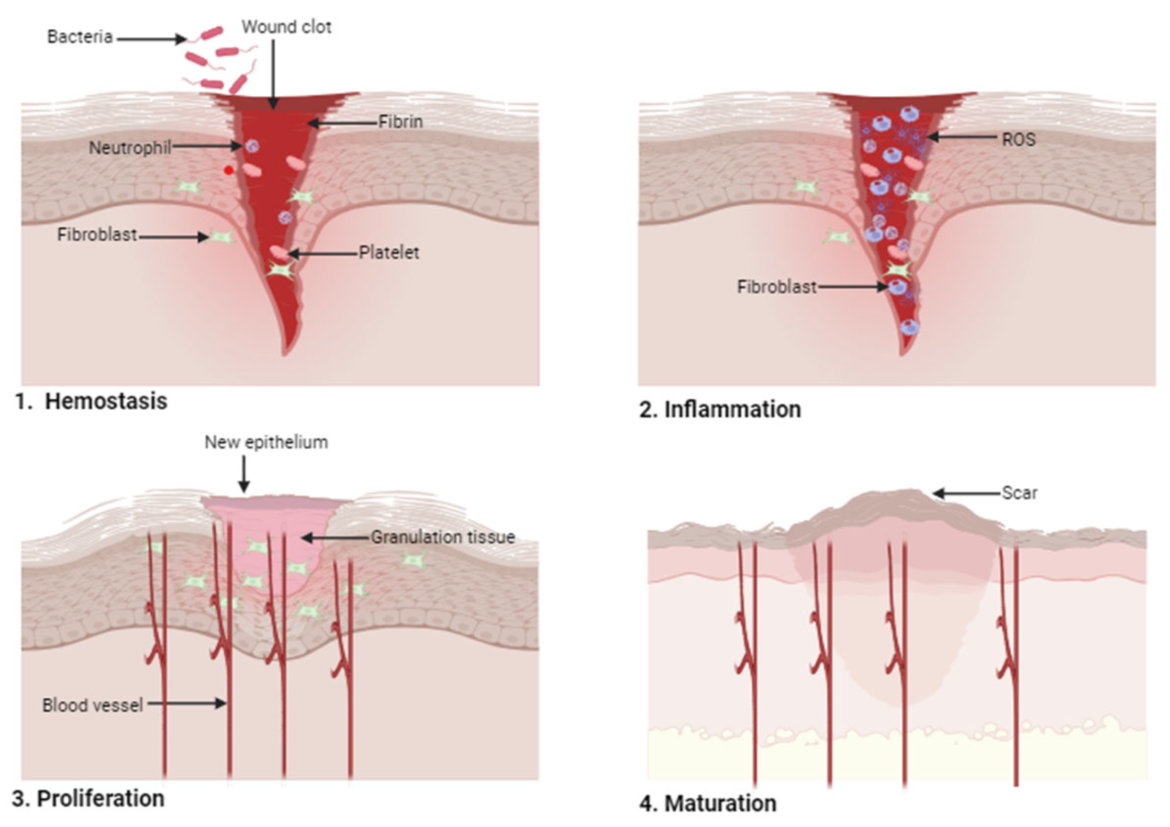
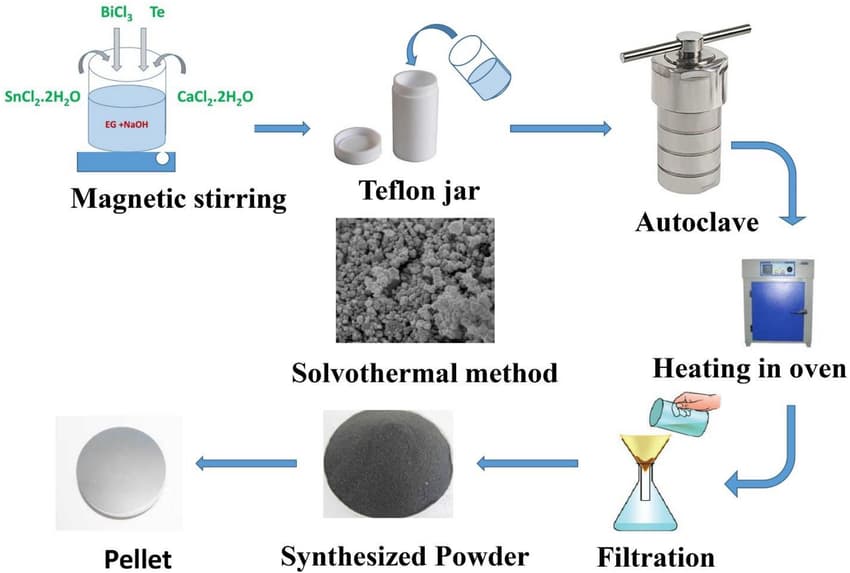
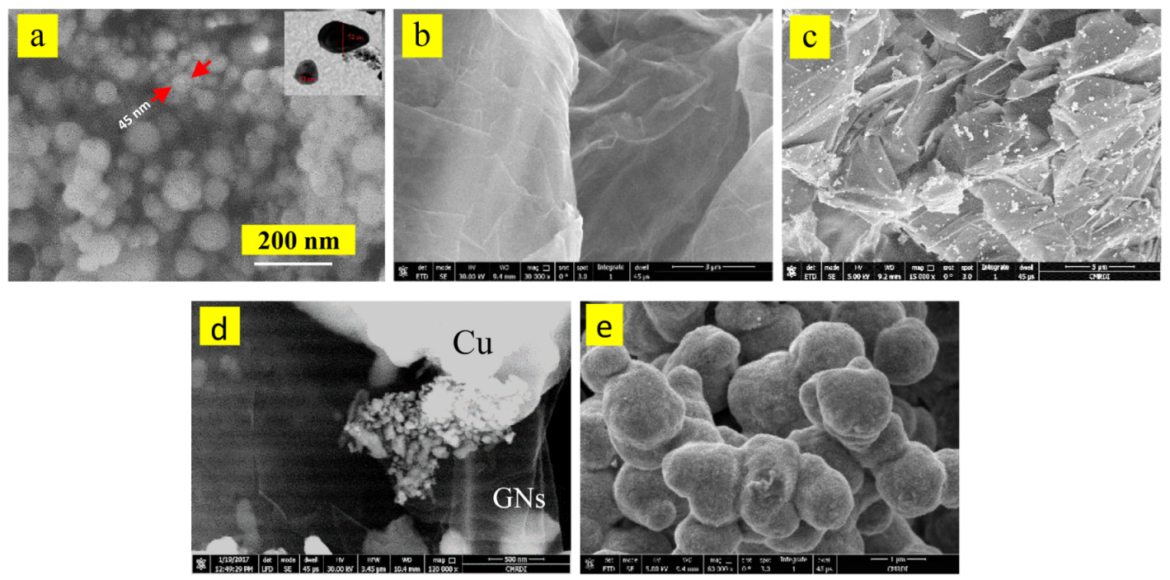
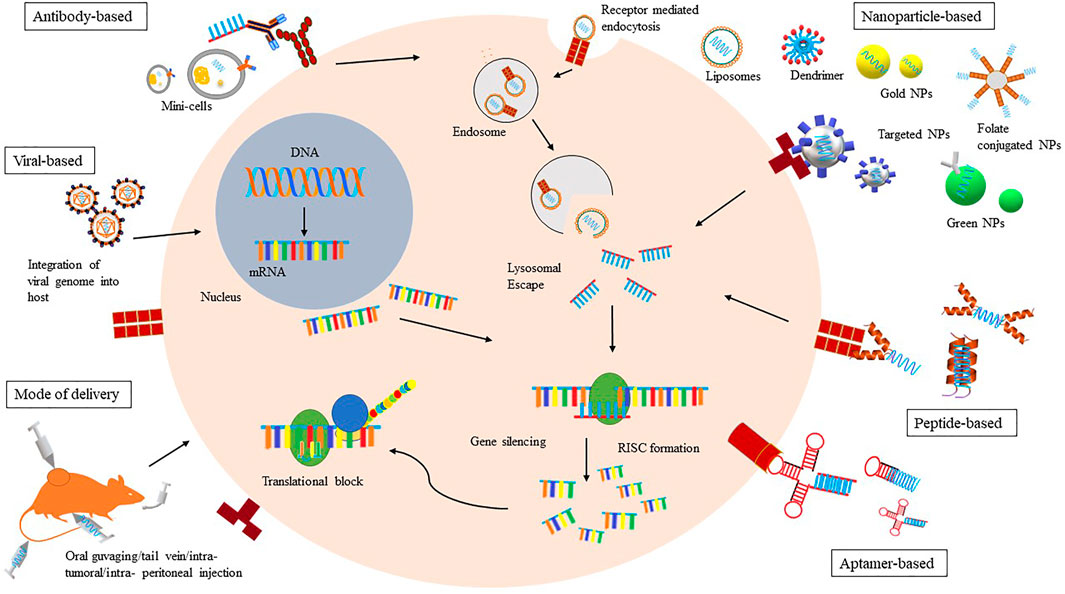
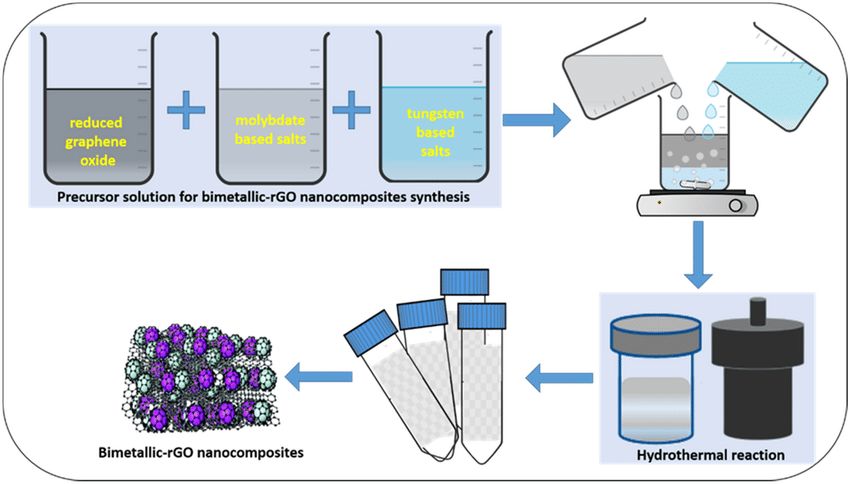
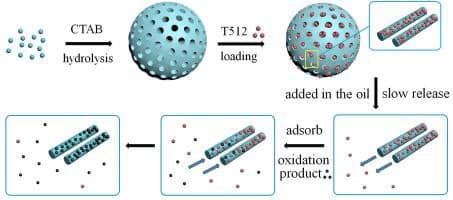
Your comment submitted.